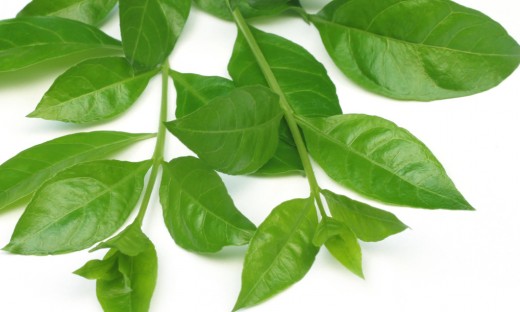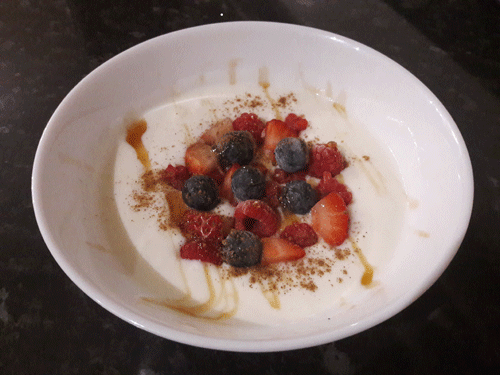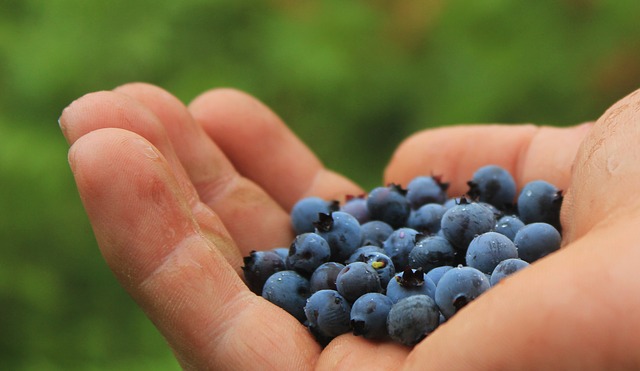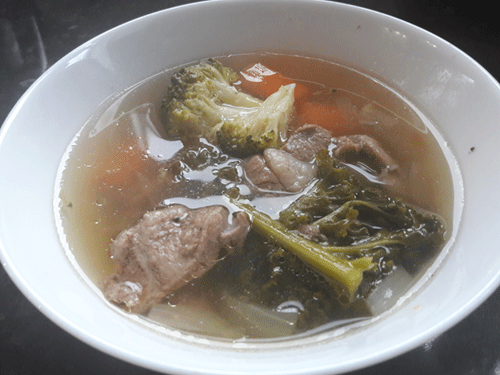Antioxidant Effect of Dietary Supplement Withania Somnifera L. Reduce Blood Glucose Levels in Alloxan-Induced Diabetic Rats
© Authored by PubMed
© HealthyMuslim. See Terms and Conditions
Copy Link
Email
Print

Ashwagandha is an exotic Indian herb which has remarkable stress-relieving properties. In addition to its excellent protective effects on the nervous system, ashwaganDHA may be a promising alternative treatment for a variety of degenerative diseases such as Alzheimer's and Parkinson's. AshwaganDHA has powerful antioxidant properties that seek and destroy the free radicals that have been implicated in aging and numerous disease states. Even more remarkable, emerging evidence suggests that ashwaganDHA has anti-cancer benefits as well.
Udayakumar R, Kasthurirengan S, Vasudevan A, Mariashibu TS, Rayan JJ, Choi CW, Ganapathi A, Kim SC. Antioxidant effect of dietary supplement Withania somnifera L. reduce blood glucose levels in alloxan-induced diabetic rats. 1. Plant Foods Hum Nutr. 2010 Jun;65(2):91-8.
Udayakumar R, Kasthurirengan S, Vasudevan A, Mariashibu TS, Rayan JJ, Choi CW, Ganapathi A, Kim SC. Antioxidant effect of dietary supplement Withania somnifera L. reduce blood glucose levels in alloxan-induced diabetic rats. 1. Plant Foods Hum Nutr. 2010 Jun;65(2):91-8.
The phenolic compounds and flavonoids were determined from the extracts of Withania somnifera root (WSREt) and leaf (WSLEt). The WSREt has 28.26 mg/g total phenolic compounds and 17.32 mg/g flavonoids, whereas WSLEt has 5.4 mg/g total phenolic compounds and 5.1 mg/g flavonoids. The WSREt, WSLEt and glibenclamide were orally administered daily to diabetic rats for 8 weeks. After the treatment, the levels of urine sugar, blood glucose, liver glycogen, and antioxidants like Vitamin C and E in plasma and superoxide dismutase (SOD), catalase (CAT), thiobarbituric acid reactive substances (TBARS), glutathione peroxidase (GPx), glutathione-S-transferase (GST) and reduced glutathione (GSH) in liver, kidney and heart were determined. Diabetic rats showed a significant (p < 0.05) elevation in glucose and TBARS and a significant (p < 0.05) reduction in glycogen, Vitamin C and E, SOD, CAT, GPx, GST, and GSH levels when compared to normal control rats. Administration of WSREt, WSLEt and glibenclamide to diabetic rats restored the levels to normal. In the light of aforesaid facts, it is suggested that the presence of phenolic compounds including flavonoids in W. somnifera root and leaf extracts and their antioxidant activity may play a vital role in reduction of blood glucose level in alloxan-induced diabetic rats.
Link to this article: Show: HTML Link • Full Link • Short Link
Share or Bookmark this page: You will need to have an account with the selected service in order to post links or bookmark this page.





|
Related Articles:
- Withaferin a Inhibits Breast Cancer Invasion and Metastasis at Sub-Cytotoxic Doses by Inducing Vimentin Disassembly and Serine 56 Phosphorylation
- An Aqueous Extract of Withania Somnifera Root Inhibits Amyloid Fibril Formation in Vitro
- Ashwagandha Leaf Derived Withanone Protects Normal Human Cells Against the Toxicity of Methoxyacetic Acid, a Major Industrial Metabolite
- Behavioural and Neurochemical Evaluation of Perment an Herbal Formulation in Chronic Unpredictable Mild Stress Induced Depressive Model
- A Comparison of the Immunostimulatory Effects of the Medicinal Herbs Echinacea, Ashwagandha and Brahmi
You must be registered and logged in to comment.
Most Popular
Latest Articles
Popular Subjects
Health, fitness and longevity
Based upon the principles of health
in the Qur'an and Prophetic Traditions.
HealthyMuslim.Com
There are two bounties in which
most people lose out: good health
and free time. Al-Bukhari.
The information on this site is provided for educational purposes only. It is not intended as a substitute for professional advice of any kind.























